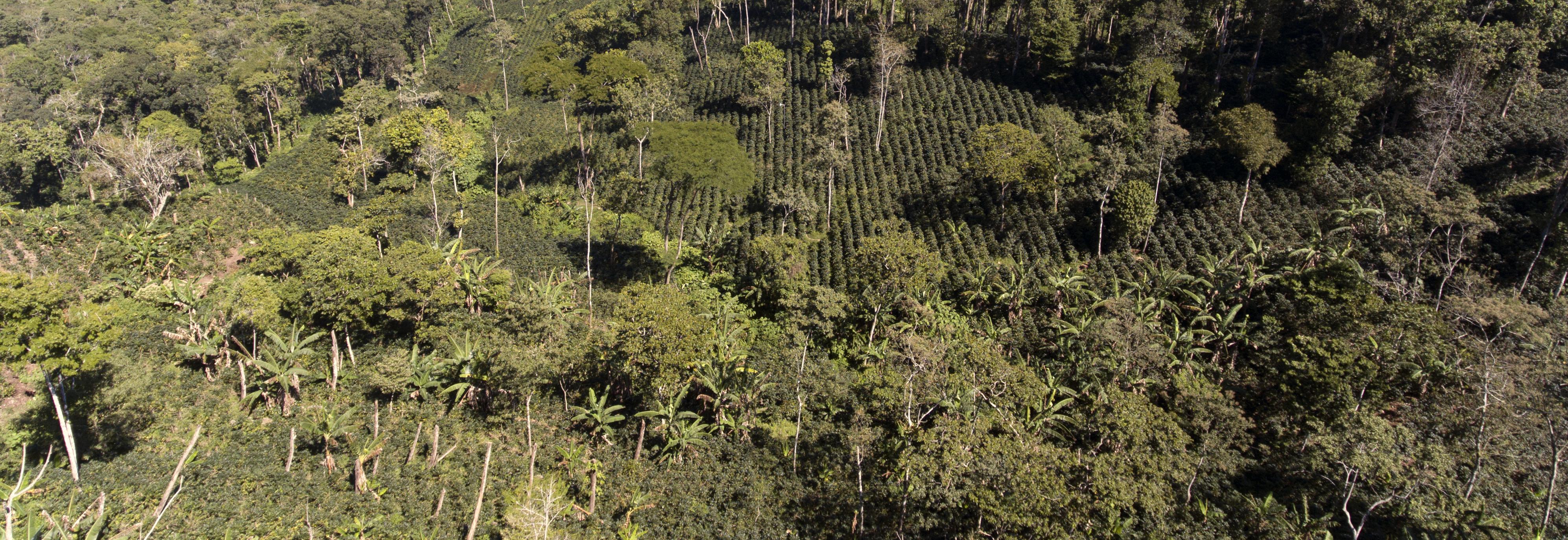Landscape and Jurisdictional Approaches (LJAs) represent emerging, localised management strategies that foster collaboration among stakeholders within a landscape to advance shared sustainability objectives and tackle systemic challenges like deforestation, biodiversity loss, tenure insecurity, and livelihood sustainability. These challenges frequently surpass the capabilities of individual organisations and cannot be fully addressed through interventions limited to specific sites. This is an issue that becomes particularly apparent when it comes to the monitoring and measurement of project outputs and outcomes, approaches to which can vary greatly by discipline, organisation, and issue at hand.
While LJAs must be sensitive to the unique geography, context, and diverse factors of each landscape, achieving consensus on measurement methodologies at the landscape scale is vital for enhancing collaboration, fostering accountability, and maximising effectiveness in confronting the intricate environmental and social issues these initiatives aim to resolve. A concerted effort towards alignment can result in more accurate and transparent reporting of outcomes, optimise resource allocation, attract investment, and ultimately provide stakeholders, including companies with performance metrics that align with their information requirements when investing in these landscapes.
To contribute to this effort, ISEAL commissioned Proforest to provide practical guidance for LJAs seeking to report on biodiversity and nature-related outcomes and impacts. The papers serves as primers for landscape initiatives embarking on measurement in this domain. Tailored for a technical audience, the two papers outline two key aspects:
- Context brief: the broader context encompassing biodiversity measurement methods and emerging corporate reporting requirements, and
- Foundational approaches: a synthesis of on-the-ground requirements and recommendations for implementing three foundational approaches at the landscape level
The foundational approaches offer complementary perspectives for landscape-level biodiversity assessment, providing a holistic understanding of dynamics, management effectiveness, and conservation priorities. Integrating them can strengthen conservation strategies, promote sustainable resource management, and foster cooperation across local to international levels. Furthermore, they facilitate compliance with evolving legislation and can seamlessly integrate biodiversity considerations into financial decision-making processes. The approaches are:
Land Use Land Cover Change (LULCC) analysis
Why was it chosen? LULCC provides valuable insights into how ecosystems are changing over time. Monitoring these changes enables the identification of areas undergoing degradation, deforestation, or urbanisation, thus providing early warnings of potential threats to biodiversity. Moreover, LULCC assessments contribute to the formulation of effective conservation strategies by pinpointing areas where land use changes have significant impacts on biodiversity. This information aids in prioritising conservation efforts and strategically allocating resources
Status of effective management for protected areas:
Why was it chosen? Evaluating the status of management effectiveness within protected areas is essential for assessing the success of conservation endeavours. It ensures that designated areas receive adequate management and protection, thereby safeguarding biodiversity and ecosystem health. This approach helps identify gaps in conservation implementation within protected areas, enabling targeted interventions to bolster protection and enhance overall conservation effectiveness. Regular assessments allow for adaptive management, ensuring conservation plans are responsive to the evolving needs and performance of protected areas, thereby enhancing long-term conservation success.
High Conservation Value Areas (HCVA) screening and assessment
Why was it chosen? Identifying and assessing HCVAs facilitates the prioritisation of areas with exceptional biodiversity or critical ecological functions. Concentrating conservation efforts on these priority areas maximises the impact on overall biodiversity conservation. HCVAs often overlap with areas of high ecological importance, and recognising these values can spur the adoption of sustainable land use practices. In the context of corporate operations, assessing HCVAs is crucial for fostering responsible and sustainable practices, encouraging businesses to minimise their impact on high conservation value areas and contribute to overall biodiversity conservation.
Establishing alignment and defining good practices for progress assessment optimises resource allocation, attracts investment, and offers stakeholders relevant performance results. Integrating these approaches enables LJAs to understand biodiversity dynamics and conservation priorities, fostering cooperation and sustainable management from local to international levels. Further adopting global assessment frameworks expedites cooperation, facilitates knowledge exchange, and encourages data sharing for deeper insights into sustainability challenges.
Through concerted efforts and aligned methodologies, landscape and jurisdictional approaches have the potential to catalyse transformative change, leading to more resilient and sustainable landscapes for future generations.



